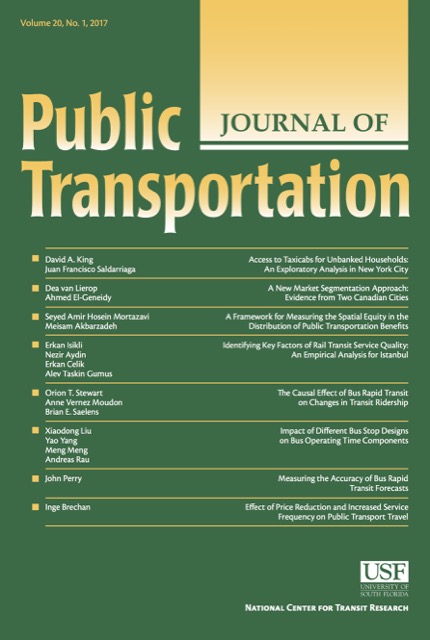The latest issue of the Journal of Public Transport, which is published by the National Center for Transit Research at the University of South Florida, has several articles relevant to bus-rapid transit and the debate between buses and rail. In general, the articles support the notion that buses are an adequate if not superior substitute to rail in many situations.
 Click image to download the complete issue (9.8-MB); click the links in this post to download individual articles.
Click image to download the complete issue (9.8-MB); click the links in this post to download individual articles.
One article compares the accuracy of bus-rapid transit cost and ridership forecasts and finds that cost forecasts are much more reliable than for rail, while ridership forecasts may need some work. Of 19 BRT projects considered, only two went significantly over their projected cost, while two others cost less than 90 percent of their projected cost.







